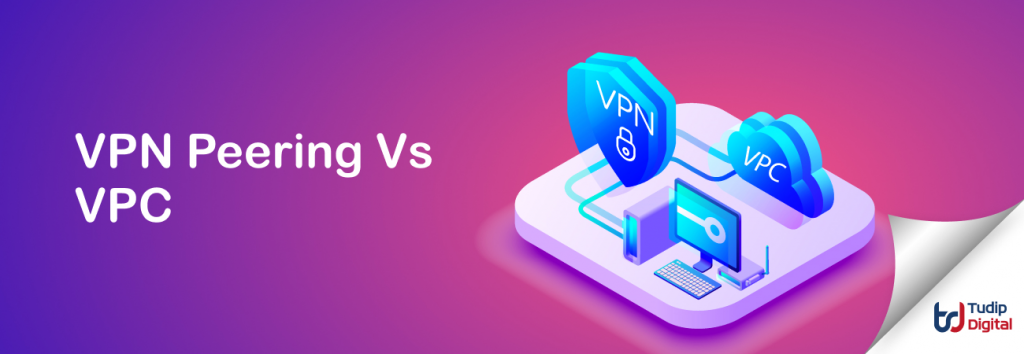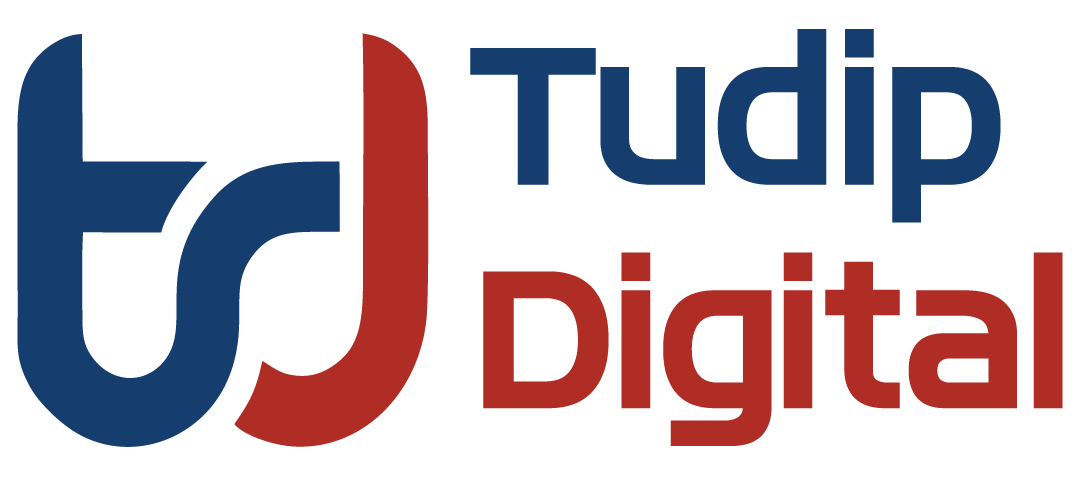Virtualization in Cloud Computing

Learn about virtualization and its various types, including application, network, desktop, storage, data, and server virtualization. Discover the benefits of virtualization, such as cost reduction, increased productivity, and resource allocation flexibility. Explore how virtualization is used for data integration and business integration, making it an essential component of cloud computing.
VPC Peering vs VPN

This paper explores the differences between VPC peering and VPN in the context of cloud computing. VPC peering allows communication between virtual private clouds (VPCs) within the same or separate AWS accounts, while VPN connects networks over the internet securely. The article discusses variations in network topology, security, complexity, and cost between the two methods. Ultimately, the choice between VPC peering and VPN depends on specific business requirements.
Load Balancer

The importance of load balancers in network infrastructure, their benefits, types, and how they work Load balancers distribute incoming traffic across multiple servers using different algorithms, reducing downtime and improving performance and scalability. They also provide an extra layer of security for infrastructure. Whether you choose a hardware, software, or cloud load balancer, selecting the right type is crucial for meeting your organization’s needs.
VM Instance

The concept of VM instances and their functionality within virtualized computer systems Explore the benefits, including consolidation, isolation, security, cost savings, scalability, testing, and disaster recovery. Learn how VM instances work and the distinction between VMs and VM instances in this comprehensive article.
Web 3: The Future of the Internet

Discover Web3, the next iteration of the internet, aiming to address challenges like data privacy, censorship, and centralization. Built on blockchain technology, Web3 offers decentralization, privacy, censorship resistance, and trustlessness. It enables new business models like DeFi and NFTs while fostering innovation and collaboration. Embrace the transformative potential of Web3, but acknowledge its early stage and the need for further development and adoption.
GitHub Copilot Introduction

Discover GitHub Copilot, a cloud-based AI tool by GitHub that offers autocomplete-style suggestions for faster code writing. Learn how to install Copilot as an extension in Visual Studio Code and explore its benefits, including increased productivity, code consistency, reduced development time, and improved code quality through machine learning. While Copilot has limitations like occasional code errors and potential biases, it remains a valuable tool for enhancing coding efficiency and accessibility.
Jenkins

The power of Jenkins, the open-source automation server for continuous integration (CI) and continuous delivery (CD), With Jenkins, developers can rapidly build, test, and release code, ensuring efficient software development. Explore the benefits of continuous integration and delivery, Jenkins’ customization options, plugin library, and its ability to automate deployments and connect with other tools in the development stack. Join the global DevOps community in leveraging Jenkins for streamlined software delivery pipelines.
Continuous Integration and Continuous Deployment (CI/CD)

The power of CI/CD with Google Cloud Platform (GCP) is explained in this comprehensive article. Discover GCP’s range of tools and services, including Cloud Build, Cloud Source Repositories, Cloud Deployment Manager, Cloud Monitoring, and Cloud Run, that enable developers to implement scalable and efficient CI/CD pipelines. Benefit from GCP’s scalability, flexibility, cost-effectiveness, and security features to streamline your software development and deployment processes. Embrace CI/CD as an essential component of modern software development with GCP’s comprehensive suite of services.
ETL- Extract, Transform, Load

The ETL (Extract, Transform, Load) process and its importance in data warehousing and business intelligence Explore how ETL involves extracting data from multiple sources, transforming it into a consistent format, and loading it into a data storage system for analysis. Learn about the crucial steps of data extraction, transformation, and loading, and how ETL helps organizations ensure data consistency, accuracy, and easy access for analysis.
Machine Learning

The power of Google Cloud Platform (GCP) for machine learning Explore GCP’s machine learning services, including AutoML, ML Engine, AI Platform, Vision API, and Natural Language API, for building and deploying robust models. Benefit from GCP’s scalability, flexibility, cost-effectiveness, and security features, making it an ideal choice for enterprises of all sizes in the machine learning landscape.
